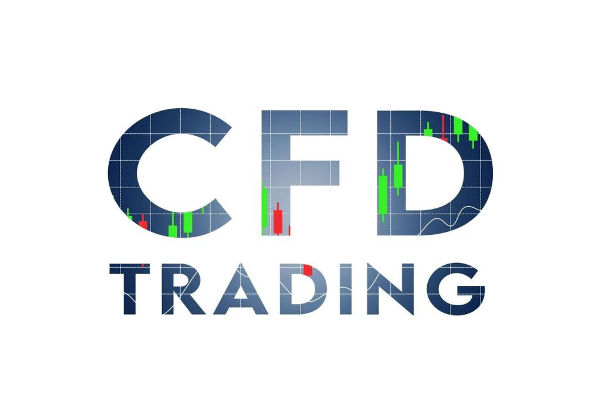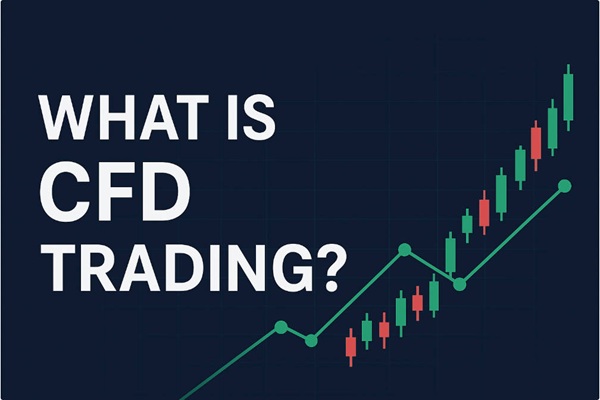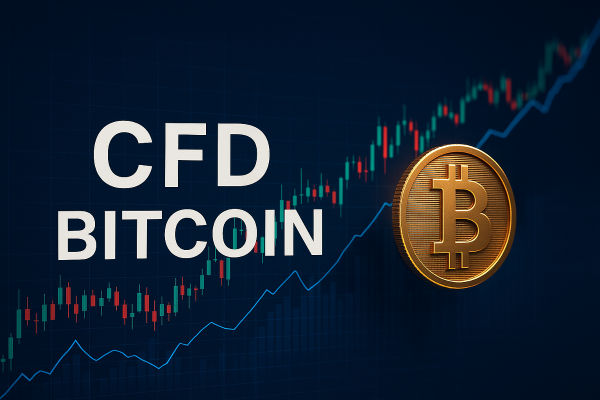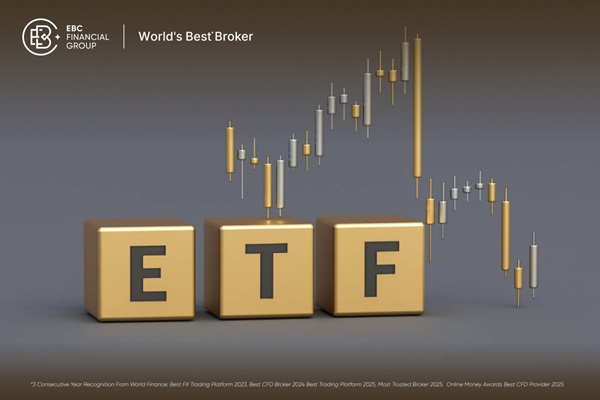Opening a Contract for Difference (CFD) account remains one of the most accessible ways for investors and traders to gain exposure to global markets—without owning the underlying asset.
With the arrival of 2025, emerging platforms, stricter regulations, and enhanced trading experiences simplify the initiation process more than ever.
In this guide, we'll walk you through step-by-step how to open and fund a CFD account—with a spotlight on EBC Financial Group, a well-established CFD broker.
What Are CFDs and Their Benefits

Contracts for Difference (CFDs) are derivatives that mirror the price fluctuations of underlying assets, such as indices, foreign exchange, stocks, and commodities without ownership.
With a CFD, you profit (or lose) based on the price difference between when you open and close the position.
Benefits of cfd trading include:
Access to global markets while staying local
Leverage, letting you control larger positions with less capital
Ability to go long or short, enabling strategies for both rising and falling markets
No physical ownership, meaning no storage or custody expenses
Flexible portfolio diversification across multiple asset types
Is CFD Trading Right for You?
While powerful, CFDs carry significant risks:
Leverage magnifies both profits and losses—you can lose more than your initial deposit.
Complicated products, indicating a lack of comprehension, can result in swift losses
Financial charges, such as overnight swaps, affect holding costs.
Market risk due to sudden price swings, liquidity issues, or gaps.
CFDs best suit traders with:
A clear understanding of market mechanics
Defined risk management strategies
Capital that you're willing to risk
Emotional discipline under pressure
For those who prefer long-term investing, shares or ETFs may be more suitable.
Why Choose EBC Financial Group

EBC Financial Group is a global CFD broker regulated in multiple jurisdictions, offering competitive tools and execution.
Regulation & Safeguards:
EBC (UK) Ltd is FCA-regulated
EBC Cayman and SVG are also regulated via CIMA and SVGFSA, respectively.
Offers segregated client funds and private insurance from Lloyd's of London & AON
Negative-balance protection via SVG entity
Trading Infrastructure:
Supports MT4 and MT5, with one-click trading and Level 2 data
Ultra-fast execution (~20 ms) and tight spreads via DMA/STP model
Offers raw-spread Professional accounts and Standard accounts
Access to 100+ U.S. ETF CFDs with zero management fees
Market Access & Support:
Trading instruments include forex, commodities, indices, shares, and ETF CFDs.
Demo accounts, micro-lots, and educational resources for beginners.
Dedicated account managers, multi-lingual support, and copy trading are available.
Step-by-Step Guide to Opening a CFD Account
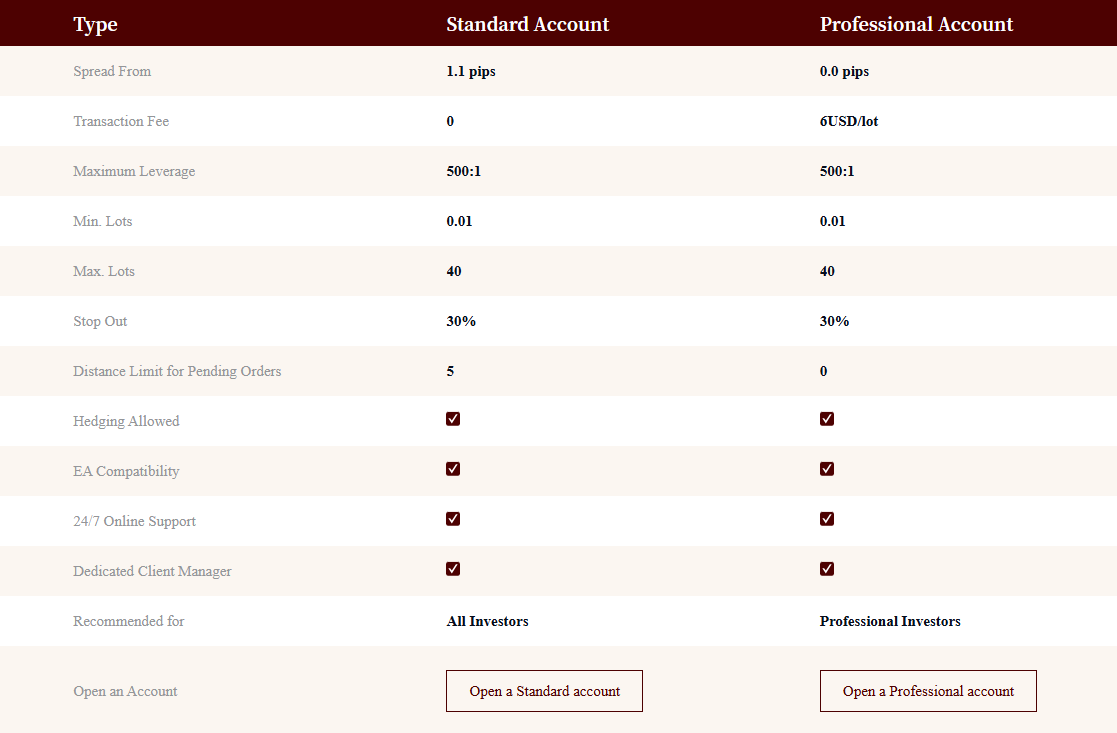
Step 1: Prepare Your Documentation
Before you start, ensure you have:
Proof of identity (passport or driver's license)
Proof of address (utility bill, bank statement dated within last 3 months)
Step 2: Register and Verify
Step 3: Select Account Type
EBC offers:
Standard Account: from ~$100 deposit, standard spreads, no commissions
Professional Account: from ~$5,000 deposit, raw spreads from 0.0 with $6 round-turn commission
Both support swap-free versions, micro-lots, demo access, and copy trading.
Choose based on:
Step 4: Deposit Funds
EBC supports multiple payment methods:
Processing time: Typically 1 business day, with 0% deposit and withdrawal fees
Step 5: Download Trading Platform
EBC offers MT4 and MT5, which are compatible with desktops.
Download, log in using your credentials, and explore:
Real-time quotes
Charting indicators
Order types (market, limit, stop loss, take profit)
Copy trading and automated strategy capabilities
Step 6: Place Your First CFD Trade
To execute a trade:
Select your market (e.g., EUR/USD)
Choose a position (Buy/Sell)
Enter lot size (minimum is 0.01)
Set leverage, stop-loss, and take-profit
Click execute
Monitor your trade—EBC's MT platforms allow chart-based modifications and one-click actions.
Step 7: Learn and Manage Risk
Use stop-loss orders to limit losses
Avoid maximum leverage from day one—start conservatively
Use micro-lots for testing strategies
Maintain a trading journal recording trades and emotions
Use EBC's educational materials, webinars, and research
Tips for Beginners
Try the demo account until you're consistently profitable
Start small and increase position size after gaining experience
Trade when Volatility Is High —e.g. during active hours for forex or news-driven events
Study market analysis: use Trading Central research available from EBC
Stay disciplined—define daily risk limits and stick to them
Use copy trading to learn from experienced traders on EBC's proprietary platform
Conclusion
In conclusion, opening a CFD account in 2025 involves more than clicking "Open Account." Select a trustworthy broker, confirm your documents, deposit money into your account and engage in responsible trading.
EBC Financial Group stands out with its fast execution, global regulatory coverage, low fees, and robust platform offerings. Whether you're a total beginner or an experienced trader seeking liquidity and tight spreads, they offer account options to match your needs.
Disclaimer: This material is for general information purposes only and is not intended as (and should not be considered to be) financial, investment or other advice on which reliance should be placed. No opinion given in the material constitutes a recommendation by EBC or the author that any particular investment, security, transaction or investment strategy is suitable for any specific person.
